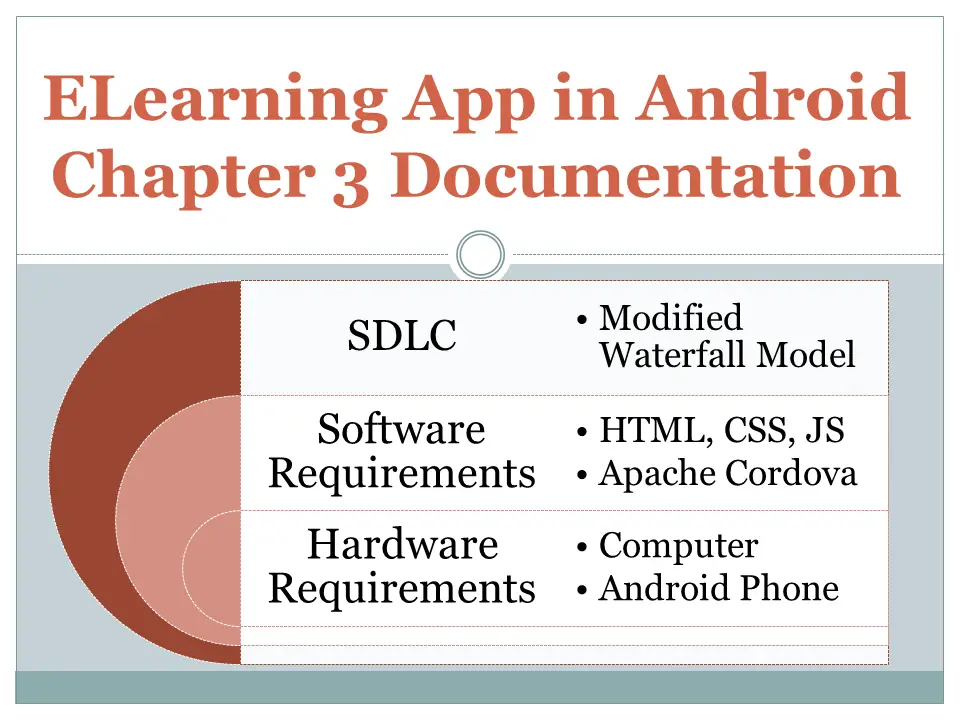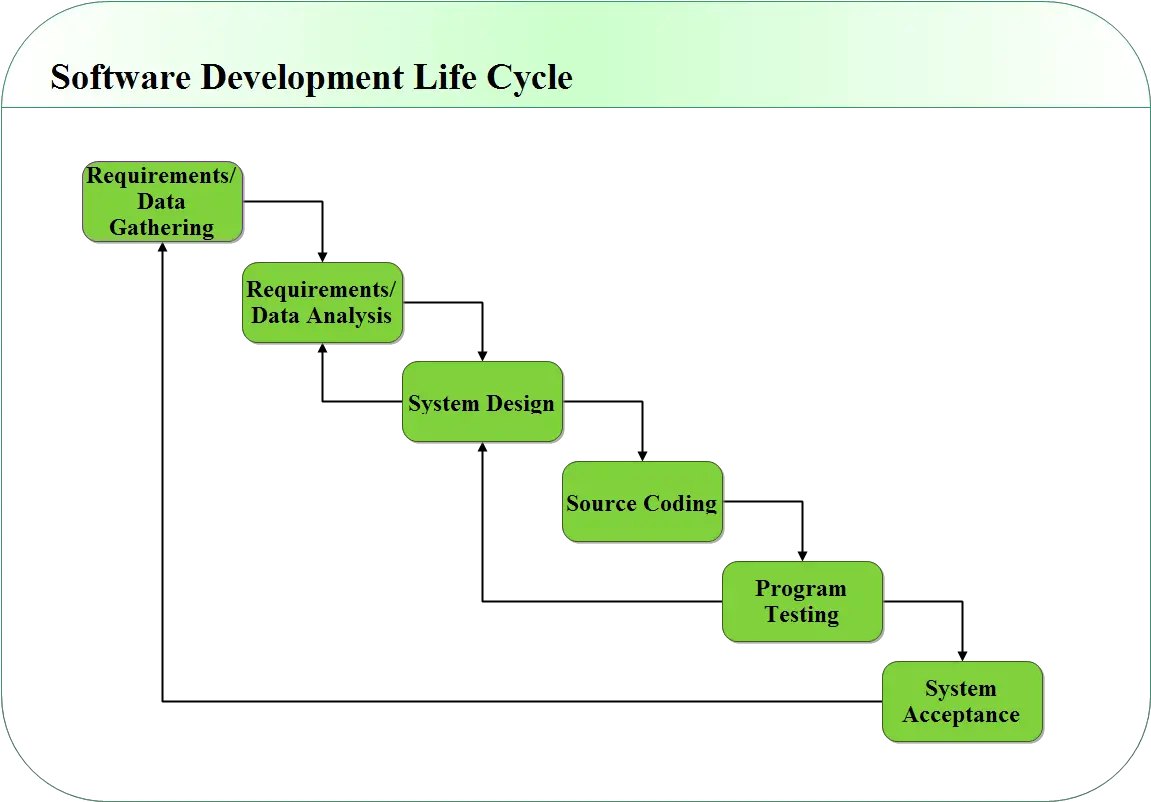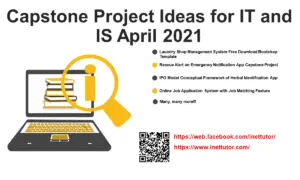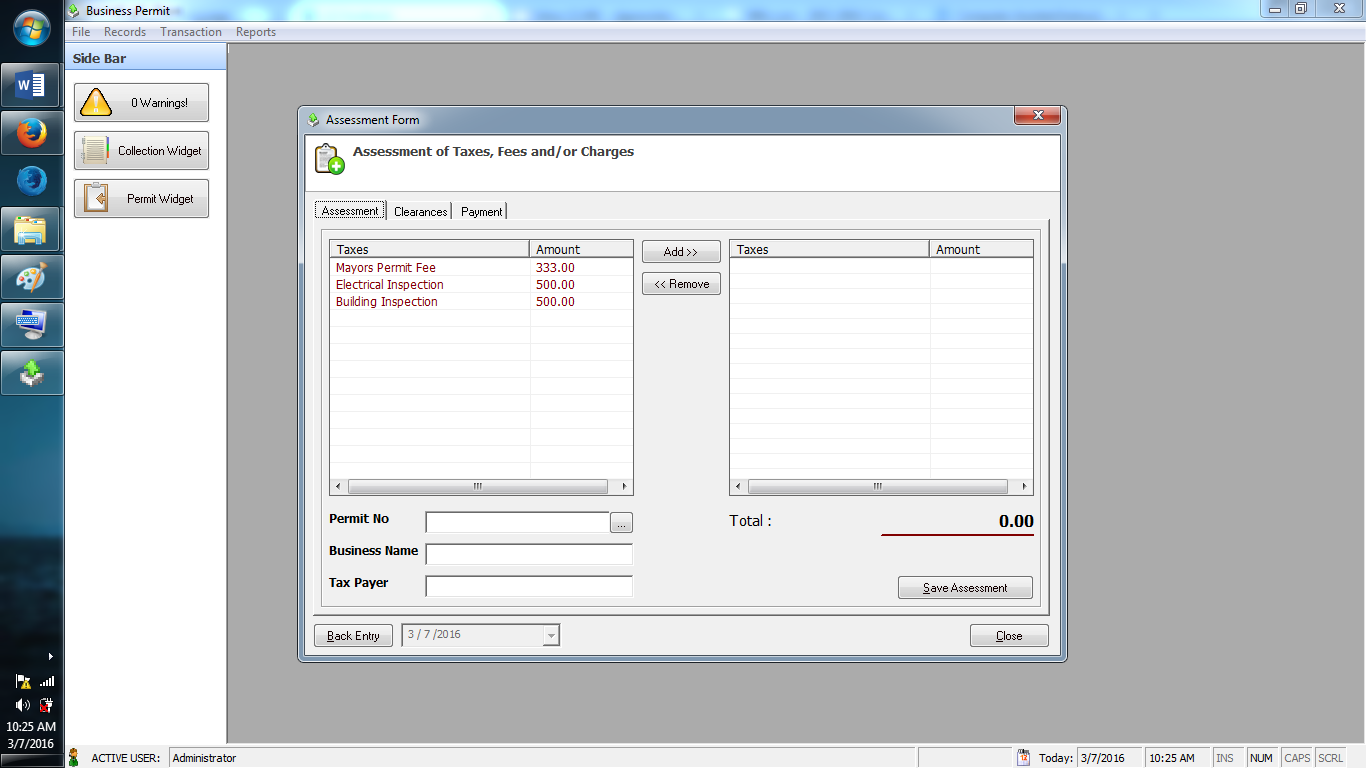ELearning App in Android Chapter 3 Documentation
This document/article is all about the chapter 3 documentation of the capstone project entitled ELearning App in Android. The chapter 3 includes the technical background of the study which composed of the SDLC model used by the researchers, the development tools or the programming environment used in the development of the said study and the hardware requirements used in both development and implementation phase.

TECHNICAL BACKGROUND
Software Development Life Cycle Model
The software development life cycle (SDLC) is the entire process of formal, logical steps taken to develop a software product. Within the broader context of Application Life cycle Management (ALM), the SDLC is basically the part of process in which coding/programming is applied to the problem being solved by the existing or planned application. The SDLC is broken down into six stages; project planning, requirements definition, design, development, integration/test, and application/acceptance. The relationship of each stage to the others can be roughly described as a waterfall, where the outputs from a specific stage serve as the initial inputs for the following stage. During each stage, additional information is gathered or developed, combined with the inputs, and used to produce the stage deliverables (Author: Michael L. Brown Jr.).
The researchers have chosen the Waterfall Approach Model. According to (Youssef Bassil, 2012) it includes six stages such as requirements/data gathering, requirements/data analysis, system design, source coding, and program testing and system acceptance. The waterfall Model illustrates the software development process in a linear sequential flow. This means that any phase in the development process begins only if the previous phase is complete. The waterfall approach does not define the process to go back to the previous phase to handle changes in requirement. Therefore, different projects may follow different approaches to handle such situations.
The researchers choose waterfall approach model because every application development follows a certain methodology. Waterfall SDLC is a sequential software development methodology to describe a process for planning, creating, testing, and deploying an information system. This is a process used by IT analysts in order to develop or redesign high quality software system which meets both the customer and the real world requirement taking into consideration all associated aspects of advantage and disadvantage of software testing, analysis and post process maintenance.

Figure 1.0 Modified Waterfall Model
Software Requirements
The following is the list of software requirements used for development and implementation of the system.
Development
- HTML, CSS, and JavaScript
- HTML (Hypertext Markup Language) is the set of markup symbols or codes inserted in a file intended for display on a World Wide Web browser page. The markup tells the Web browser how to display a Web page’s words and images for the user.
- CSS Stands for “Cascading Style Sheet.” Cascading style sheets are used to format the layout of Web pages. They can be used to define text styles, table sizes, and other aspects of Web pages that previously could only be defined in a page’s HTML.
- JavaScript is a programming language commonly used in web development. It was originally developed by Netscape as a means to add dynamic and interactive elements to websites. While JavaScript is influenced by Java, the syntax is more similar to C and is based on ECMAScript, a scripting language developed by Sun Microsystems.
The researchers choose these platforms for developing an application for migration of web apps and cross-linking user interfaces that can be produced in spite of giving add-on features within our application. This is Primary programming language in creating this application.
- Phone Gap
Phone Gap is a mobile development framework produced by Nit obi, purchased by Adobe Systems in 2011. It enables software programmers to build applications for mobile devices using JavaScript, HTML5, and CSS3. Because it allows you to create mobile apps using standardized web APIs for the platforms you like.
The researcher’s use this phone gap development using JavaScript, html5 and CSS3. It allows you to create mobile apps using standardized web API for the platforms you care about it.
- Phone Gap Build
It’s a cloud service that allows you to quickly build mobile applications and easily compile them without SDKs, compilers and hardware.
The researchers choose this for the cloud service to get easy to compile without SDKs, compilers.
- Apache Cordova
It’s a platform for building native mobile applications using HTML, CSS and JavaScript. This allows you to build mobile applications locally.
The researchers choose this because this allows a smartphone app to be developed with just HTML, CSS, and JavaScript.
- Eclipse
It’s an integrated development environment (IDE). It contains a base workspace and an extensible plug-in system for customizing the environment. The researchers choose this because eclipse is the development of an environment that can be used to develop applications.
- ADT Plugin
Android Development Tools (ADT) is a plugin for the Eclipse IDE that is designed to give you a powerful, integrated environment in which to build Android applications. The researchers will use this to developing in eclipse with this ADT because this ADT gives and incredible boost in developing Android Applications.
- SDK (Software development kit)
The Android SDK provides you the API libraries and developer tools necessary to build, test, and debug apps for Android. The researchers will use this for developing and debugging tools using Android SDK.
Hardware Requirements
While Android is designed to support a wide variety of hardware the following is the list of hardware requirements used for the implementation of the system..
1.5 GHz dual core processor. A single processor has two processing cores. It can handle 2 threads at the same time and faster in multitasks. It can also switch threads rapidly if you have CPU-z you will find that the only difference in number of threads.
RAM: 512 MB (higher much better). It is the most important factor in mobile performance. The amount of RAM listed for each system above is estimated for normal usage like accessing the Internet, word processing, standard mobile applications and playing android games. It stores active programs and data, for
Symmetric multiprocessing. It can process programs by multiple processors that share a common operating system and memory. It allow any processor to work on any task no matter where the data for that task are located in memory, provided that each task in the system is not in execution on two or more processors at the same time.
Operating System: Android OS any Version (higher much better). This platform is needed to run the system to your mobile device. Higher version is much better.
Credits to the authors/developers of the project
You may visit our facebook page for more information, inquiries and comments.
Hire our team to do the project.


